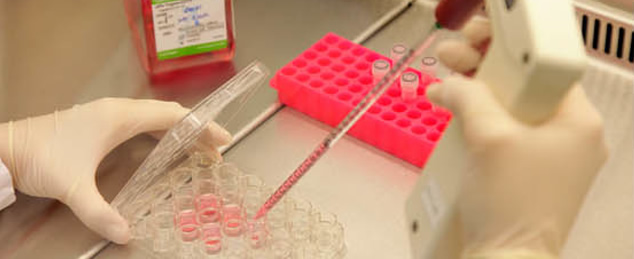Haemovigilance

Haemovigilance (HV) is a system for detecting, recording and analysing information regarding any adverse effects and incidents that may occur during blood donation and transfusion (extraction, processing, verification, storage, distribution and transfusion of blood and blood components) in a comprehensive, rigorous and objective manner.
The aim of haemovigilance is to increase awareness of the abovementioned situations and thus raise the level of transfusion quality and safety by means of corrective and preventive measures.
The haemovigilance system requires cooperation between all the different parties involved: the Banc de Sang i Teixits (BST), the centre responsible for the donation and the blood donors, as well as those responsible for the preparation, storage and supply of blood components and the clinical services at the different hospital centres where the transfusion will finally take place.
How is it structured?
The normal notification circuit begins when an adverse effect is detected. By means of a specific form, this is notified to the Haemovigilance Coordinator at the Banc de Sang i Teixits. Once the information supplied has been analysed, the Coordinator is responsible for including it in the Haemovigilance Register of Catalonia (OCATT).
There is also a rapid-alert circuit for situations that require urgent notification. The person to contact on these occasions is the BST Haemovigilance Coordinator or, in their absence, the doctor on duty. As well as telephone communication, a form is also filled in with details of the problem observed.
The information sent from each autonomous community is centralised at the State Haemovigilance Unit of the Ministry of Health in Madrid, and from there it is reported to the headquarters of European haemovigilance, currently represented by the European Haemovigilance Network.
Forms
- System of alert: notification of incident (in catalan)
- Transfusional notification of reaction (form 1) (in catalan)
- Notification of an incident related with the transfusion (form 2) (in catalan)
- Notification of an incident related with the donation (form 3) (in catalan)
- Notification of an incident related with the preparation, conservation and distribution of blood components (form 4) (in catalan)
- Notification of incidents without effect -almost incidental- (form 5) (in catalan)
- Notification of error in the administration of components (form 6) (in catalan)
- Notification of haemolytic reactions (form 7) (in catalan)
- Notification of reaction allergic / anaphylaxis (form 8) (in catalan)
- Notification of bacterial infection (form 9) (in catalan)
- Notification of pulmonary oedema (form 10) (in catalan)
- Posttransfusional notification of purpura (form 11) (in catalan)
- Notification of illness of the graft against the host (form 12) (in catalan)
- Posttransfusional notification of infection (form 13) (in catalan)
- Notification of feverish reaction and/or hypotension (form 14) (in catalan)
- Notification of transfusional hemosiderosis (form 15) (in catalan)
- Notification of unclassifiable reaction (form 16) (in catalan)
Haemovigilance in Catalonia
The Haemovigilance Report includes:
- Reactions and adverse effects of blood transfusion
- Adverse reactions in blood donation
- Adverse effects related to quality and safety of blood components
Report 2022 [In Catalan]
Historical of reports
Report 2021 [In Catalan]
Report 2020 [In Catalan]
Report 2019 [In Catalan]
Report 2018 [In Catalan]
Report 2017 [In Catalan]
Report 2016 [In Catalan]
Report 2015 [In Catalan]
Report 2014 [In Catalan]
Report 2013 [In Catalan]
Report 2012 [In Catalan]
Report 2011 [In Catalan]
Report 2010 [In Catalan]
Report 2009 [In Catalan]
Report 2008 [In Catalan]
Report 2007 [In Catalan]
Report 2006 [In Catalan]